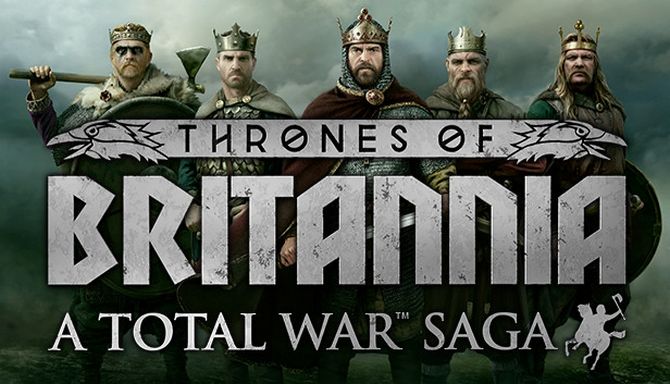Dreki - Eastmen Huskarls
This transport ship is light and easy to manoeuvre, but almost defenceless if attacked.Dedication to their households goes beyond that of any fighting man.
For most of history the only way to move cargoes and people over long distances at any kind of reasonable speed was by water; this remained true until the invention of the railway. Trading vessels carried goods, following the coastlines for the most part, and up navigable rivers. The pattern of settlement and colonisation was almost entirely based on where ships could go. It was also considerably easier to move armies by sea than march them long distances. Trade ships were hired or requisitioned for such tasks, and this was an added incentive for generals to reach a quick conclusion to a campaign: war hurt trade, and used up ships needed for vital food supplies.
(Eastmen Huskarls)
In the centuries following the eighth-century appearance of the first recorded Viking raiders in the Irish Sea, those of the Norse who chose to settle in the region came to be known as the ‘Ostmenn’, or more literally, ‘the men of the east’. This was how the settled Norse-Gaels contrasted themselves from the native Gaels, who they referred to as ‘Vestmen’, unsurprisingly, ‘the men of the west’. Combining local traditions with their own, the Norse-Gaels were culturally distinct from both the Gaels and their Scandinavian forefathers. Their hybridisation of traditions took place against the setting of their coastal defensive strongholds, many of which were the nuclei of the powerful independent kingdoms of later years. Norse-Gaelic powerbases would eventually be established in places like Dublin, Galloway, and Mann, amongst other places.
As with many facets of their culture, the martial traditions of the Norse-Gaels retained both Viking and Gaelic elements. Much like the Roman ‘comes’, in the Viking world there emerged a culture of heroic champions flanked by chosen companions. The ‘hirdman’ was the highest rank amongst such warriors, and in later times the rank carried with it a seat on the king’s council, enabling them to advise their rulers on non-military aspects of government. In Old Norse and Old English, the term translates to ‘household man’, originally referring to an armed retinue for a warlord but eventually morphing into ‘housecarl’ or ‘huscarl’, specifically referring to a royal guard. Following the ninth-century Danish settlement of England, huscarls also became an integral part of Anglo-Saxon armies, famously defeating their Norwegian counterparts at Stamford Bridge and protecting King Harold's body to the very last man at Hastings.
Unit Name Dreki - Eastmen Huskarls |
Main Unit Key shp_est_huskarls |
Land Unit Key est_huskarls |
Naval Unit Key vik_dreki |
Soldiers 160 |
Category Heavy Ship |
Class Melee Ship |
Custom Battle Cost 1000 |
Recruitment Cost 1000 |
Upkeep Cost 300 |
Hull Strength |
└ Ship vik_dreki |
Speed |
Melee Skill 49 |
Melee Damage 65 |
├ Melee Weapon vik_dane_axe_elite |
├ Melee Base Damage 25 |
├ Armour-piercing Damage 40 |
├ Armour Piercing No |
├ Attack Against Cavalry 0 |
├ Attack Against Elephants 0 |
└ Attack Against Infantry 0 |
Charge Bonus 74 |
Melee Defence 49 |
├ Base Defence 49 |
├ Shield vik_none |
└ Shield 0 |
Armour 22 |
├ Armour vik_mail |
├ Armour Defence 22 |
└ Shield Armour 0 |
Health 100 |
├ Man Entity vik_inf_2h_very_heavy |
├ Man Health 100 |
└ Bonus Hit Points 0 |
Morale 54 |
Abilities
Eastmen Huskarls- Wedge
"Let's break their line!"
Attributes
- [[col:yellow]]Encourage[[/col]]
This unit provides a morale bonus to nearby allies. - [[col:yellow]]Hide (forest)[[/col]]
This unit can hide in forests until enemy units get too close. - [[col:yellow]]Raider[[/col]]
This unit may set buildings on fire, cause more fire damage with torches and capture faster than other units.
Strengths & Weaknesses
No Strengths and Weaknesses


 Français
Français Italiano
Italiano Deutsch
Deutsch Español
Español Русский
Русский Čeština
Čeština Polski
Polski Türkçe
Türkçe Português (Brasil)
Português (Brasil) 한국어
한국어 简体中文
简体中文 正體中文
正體中文
